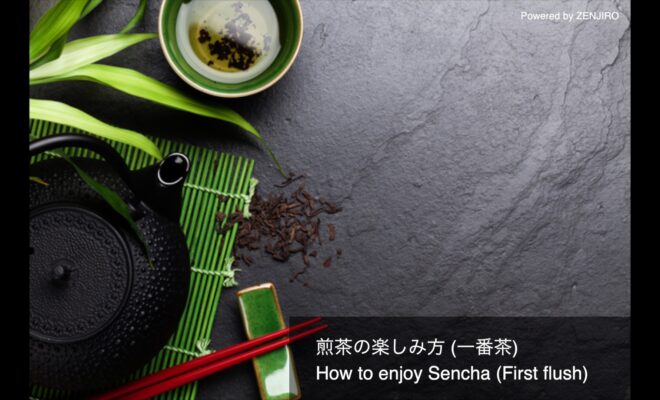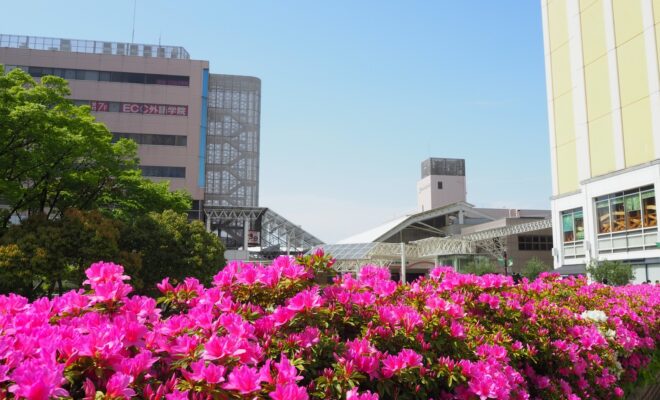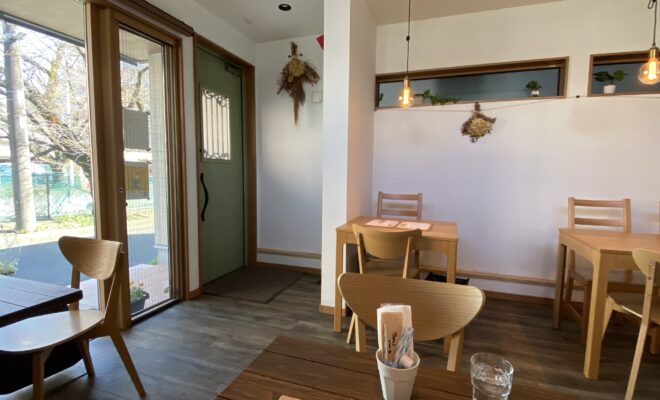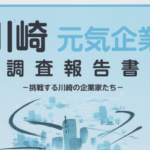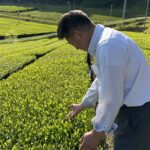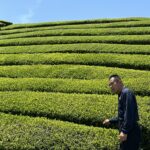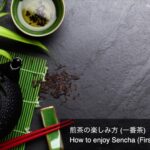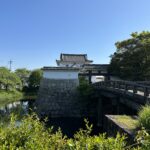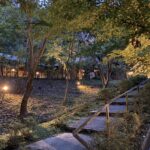May 24, 2020
Zen has developed with the history of samurai. 800 years ago, the first samurai government was established in Japan in the land of 鎌倉Kamakura (now 神奈川 Kanagawa prefecture), and it was popularized by the shogun who encouraged Zen thought and the production of tea and mulberry. The prefecture name of Kanagawa was derived from “Kanna-nagashi” river, which means that it was rich in iron sand.
Samurai were similar to soldiers but had different structures. The soldiers guarded the private farms owned by the emperor and the aristocracy in various places, but the soldiers had a employment relationship with the employer, the emperor. This is similar to the lord-knight relationship in Europe. However, in Japan, in order to counter the exploitation of the aristocracy, the relationship of protecting the farmers gave birth to samurai group, and samurai began to form a hierarchical structure. Originally, samurai were representatives of farmers who armed themselves and caused a revolution. There were various groups of samurai in various places, and the leader of Genji, the most influential one of them, established the shogunate (base of administration) in Kamakura.
The Emperor lived in Kyoto’s palace, but there are three reasons for creating the shogunate of samurai in Kamakura, 400 km east far from Kyoto. Many samurai groups existed in eastern Japan, and the Hachimangu shrine (a type of shrine) worshiped by the samurai leaders was at that place. Hachimangu is a shrine that was thought to be the guardian deity of the samurai and served as a spiritual support for the samurai. The second reason was the natural castle, which was convenient for defense. The sea to the south and the remaining three directions are surrounded by mountains, and enemy couldn’t reach Kamakura without through narrow mountain paths. And finally, it was convenient place for weapon production. Swordsmiths were able to obtain abundant high-quality sand iron, which was indispensable for making Japanese swords, and pine, which was the coal fuel for the blast furnace, on the coast of Kamakura. The Japanese sword field produced excellent swordsmiths from Kamakura and then spread throughout the country.
For example, Masamune is widely recognized as Japan’s greatest swordsmith. He created swords and daggers, known in Japanese as tachi and tantō respectively, in the Soshu tradition (an oldest style of Japan swords).
In the Kamakura period, many swords (Japanese swords) were long, with the blade length of 85 cm or more. This was because samurai often fought on horseback. Since the period of the Warring States period, the number of ground battles has increased, so the blade has become shorter. The Japanese sword that I have inherited as the 16th generation of Samurai General has a blade of about 60 cm.
The birth of the samurai government in Kamakura created main road network nationwide. The Tokaido, which is famous for the Shinkansen, was firstly developed as the road on the Pacific side that connects Kamakura and Kyoto made during the Kamakura period. In addition to this, the foundations of the main trunk roads and railway networks of modern Japan, such as the route connecting the mountainous areas in central Japan and the route connecting Tohoku (northern area side), were built during this period. Zen philosophy, tea, and mulberry tree farming technology spread throughout the country through this route.
The samurai, who were constantly exposed to the fear of death in battle, sought Zen as a means of keeping their hearts calm. There is the word “陣立
Jindate”. This means drinking tea in the battlefield just before the battle. The samurai drank tea on the battlefield, made mind concentration by Zen, and then started the battle.
Next time, I will talk about the development of Zen and swordsmanship.

